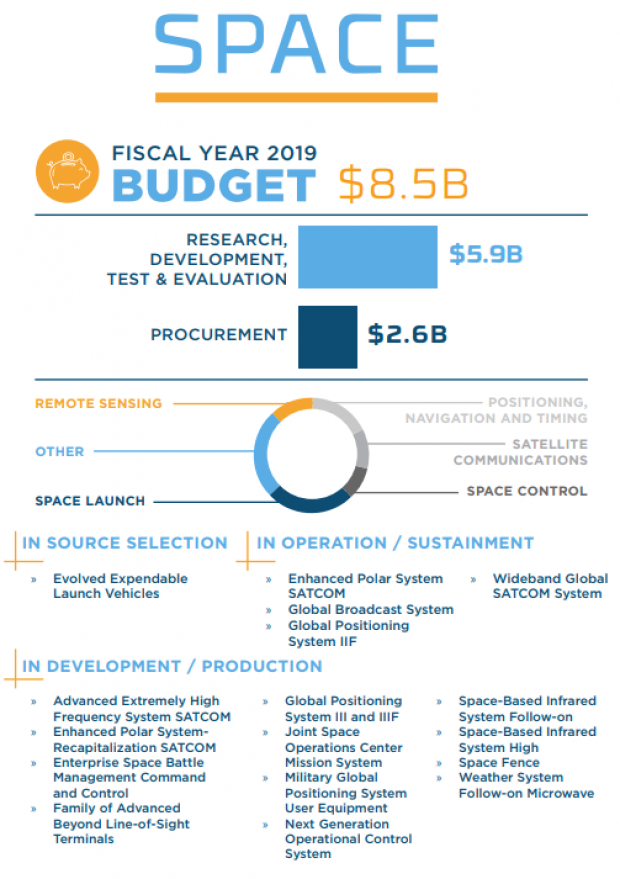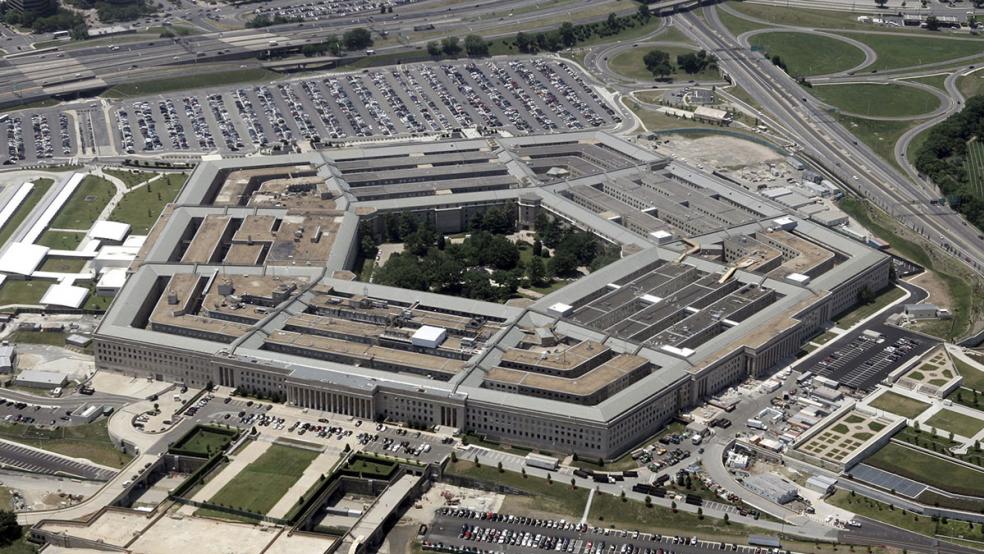The Defense Department’s effort to improve its technical capacities in space is running into a basic problem most consumers can probably identify with: It’s not a very good shopper.
As the 21st century space race heats up, commercial firms are developing an enormous quantity of potentially useful technologies, but critics worry that the Pentagon has no good way to evaluate them and move quickly to acquire the best offerings. As Defense One’s Patrick Tucker puts it, “Like a befuddled consumer facing an entire aisle of jams and jellies, the Pentagon can’t figure out how to buy smart in an exploding market.”
Defense officials told Tucker they are worried that Russia and China could soon surpass U.S. capabilities in space communications, an increasingly important part of the military’s command and control network, due in large part to “the Pentagon’s slow acquisition process, and the military’s inability to figure out what services it should be buying from commercial providers instead of making them itself.”
In order to keep up, the Pentagon is going to need to get much better at testing and evaluating new equipment, improve its ability to write technical specs and sharpen its understanding of the tradeoff between cost and performance, according to Tucker. More broadly, the space effort needs to settle on a coherent strategy that can drive the acquisition of new resources more efficiently, Tucker’s sources say.
There’s clearly a lot of taxpayer money at stake. According to the its annual acquisition report issued this week (the source of the chart below), the Air Force will spend $8.5 billion on space-related capabilities in 2019, which includes nearly $6 billion for testing and evaluation of things like global positioning systems and “enterprise space battle management command and control.” If Tucker is correct, the success of these programs may depend in large part on the Pentagon’s ability to efficiently choose the right technologies to support these missions.





